-
-
-
-
-
-
-
- Jackets and Vests
- Sweaters
- Shirts
- T-shirt and Pique shirts
- Work trousers
- Shorts and pirate pants
- Hi-Vis Clothing
- Hi-vis rainwear
- Rainwear
- Undergarments
- Underwear and socks
- Skirts and Kilts
- Overalls
- Hats and Caps
- Aprons
- Belts and Braces
- Knee pads and support protection
- Tool Belts and Material Pouches
- Disposable and Chemical Protection
- Protective Clothing, aluminised
- Miscellaneous
- Show fewer
- Show more
-
-
-
-
-
-
Noise levels and legal requirements
Harmful noise is a combination of sound level and the amount of time spent in it. For example, 15 minutes at 100 dB A-weighted sound level is equivalent to 8 hours at 85 dB A-weighted sound level. It is important to get an idea of all the noise that exists in the workplace. The image below shows some examples.
Requirements for different noise levels
The following examples are based on Swedish interventions and thresholds. Find out what applies in the country or workplace where you will use the protection, as different requirements may apply.
Noise-reducing measures, information, and training must be carried out, and hearing protection must be available to employees when:
- Daily noise exposure level LEX, 8h: 80 (dB)*
- Impulse peak value LpCpeak: 135 (dB)***
Hearing protection must be used, noise-reducing measures, information, and training must be carried out, and hearing tests must be offered when:
- Daily noise exposure level LEX, 8h: 85 (dB)*
- Maximum A-weighted sound pressure level LpAFmax: 115 (dB)**
- Impulse peak value LpCpeak: 135 (dB)***
The highest permissible noise level inside the hearing protection (when you have chosen hearing protection and calculated the level you get to the ear) is:
- Daily noise exposure level LEX, 8h: 85 (dB)*
- Maximum A-weighted sound pressure level LpAFmax: 115 (dB) **
- Impulse peak value LpCpeak: 135 (dB)***
NOTE! At noise levels above 95 dB, accurate noise measurement must be made for you to choose the right hearing protection.
* Daily noise exposure level LEX,8h = an average value measured over 8 hours.
** Maximum A-weighted sound pressure level LpAFmax = this maximum level must never be exceeded (at the ear) either with or without hearing protection at any single occasion. These values are measured with an A-filter, which best reflects how the ear perceives sound.
*** Impulse peak value LpCpeak = impulse sound is, unlike the maximum A-weighted sound pressure level, a very powerful sound pressure with a short duration, such as a gunshot, which is usually too fast for us to perceive the true level. This is what makes impulse sound particularly dangerous. Impulse sound is measured with a C-filter. C-filter is also used in HML calculation since, unlike A-filter, it takes greater account of, among other things, low-frequency noise.








